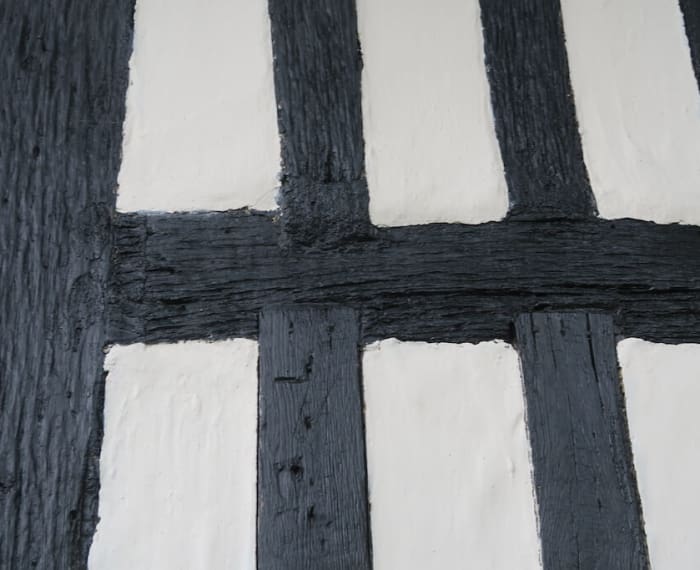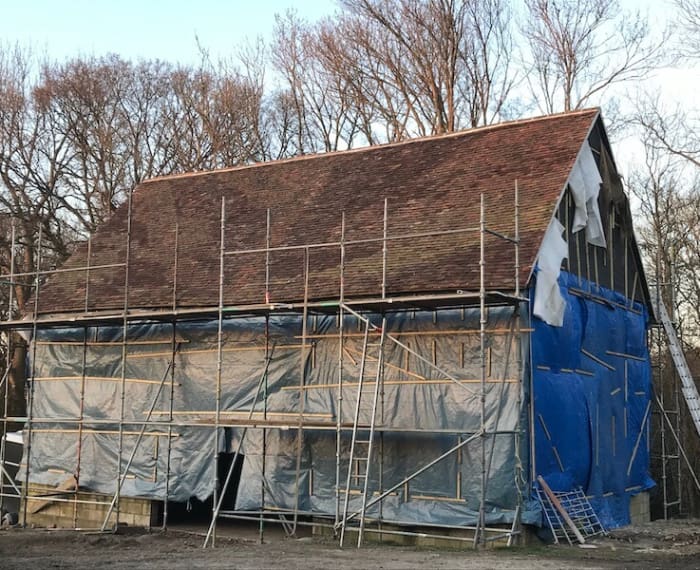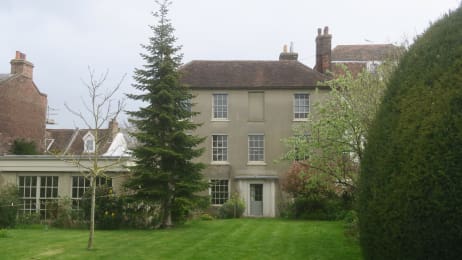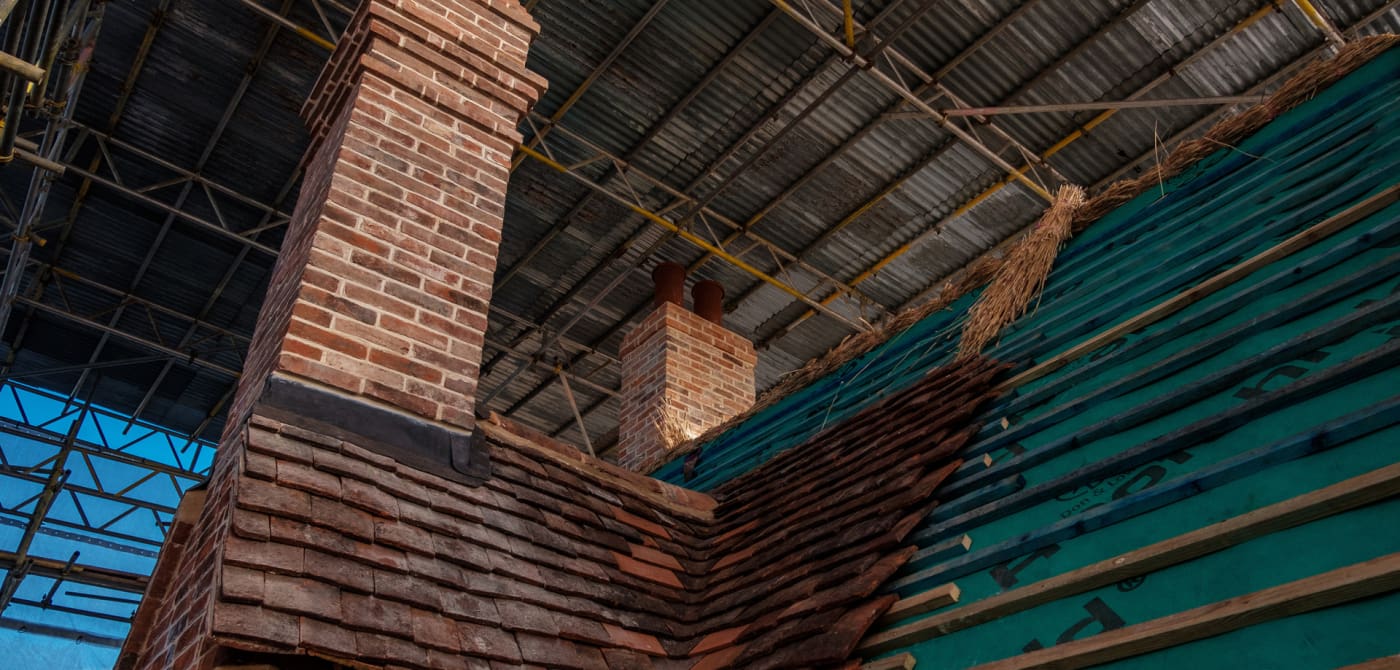How we help
Expert advice
We provide advice on alterations to Listed Buildings and what is likely to achievable and what is not. We are often asked to provide advice on alterations and restrictions to Listed Buildings. Some of the usual things we are asked are; ” I want to demolish these walls – is that ok?” or I want to demolish this building, it’s not listed it’s in the Garden….”. In broad terms hopefully, some of these typical questions can be answered.
Buildings are listed to protect the historic significance of the building. Any change which affects the listed fabric of the building or its setting requires approved by your LA (Local Authority). These rules do not cover the building only, they cover the building AND ITS CURTILAGE. Example, let’s say you have an Old Georgian House with a workshop in the garden. If the workshop was built prior to 1948, then technically its listed! Curtilage Listing – See the Historic England Advice note.

Routine repairs
A deeper look
Repairs as long as they are just that do not require Listed Building Consent. Routine repairs and maintenance are excluded from requiring Listed Building Consent, so long as they are “like for like” using materials sympathetic with the building. In other words, you can re-point a building with a closely matched lime mortar, or replace some loose or slipped tiles.
There is however some considerable Grey area in this “repairs” rule as different Local Authorities have different approaches on the extent of this – the actual guidance from Historic England is a little vague also. For example we have seen some Conservation officers wanting Listed Building Consent to be applied for to strip and recover a fairly standard roof in like for like fashion, and others accepting it as a repair. We have also seen consent being required for Timber Frame repairs, but then again others accepting repairs works as “repairs”! Repairs Advice – See the Historic England Advice.
The exact wording of the Advice from Historic England is: “If carrying out a repair or renewal to a listed building would affect its character as a building of special architectural or historic interest, then listed building consent will be required. Many repairs will not affect the character of the building. However, it is not true that repairs using like-for-like materials will never require consent as such repairs still may affect the special interest in the building. The removed materials may, for example, hold historic interest.”
Modifications
Material changes
If you want, or need to make what are described as ‘Material Changes’ to the Listed fabric – for example demolishing a wall and changing the layout, moving a staircase, demolishing an outbuilding, etc you will require Listed Building Consent and the works will be considered on their merits and impact on the Listed Building.
Note – Permitted Development rights are generally removed entirely for Listed Buildings. This excludes some modification to non listed outbuildings within the curtilage.
There is some difficulty in giving blanket advice on Listed Buildings and what changes may be permissible and what may not. Not all Listed Buildings are equal and their significant is the key to establish what may or may not be allowed. Additionally, just because Listed Building Consent is required it does not mean it will be refused !

What we do
Grade II Listing examples
Some practical examples are included below for consideration. This is not formal advice and if in doubt, engage with us formally or with your local conservation officer.
Re-plastering technially requires Listed Building Consent. But…..what if you are removing cement based tanking plaster from a lower ground floor kitchen in a Georgian House in London ? In our example no historic fabric remains to the lower ground floor kitchen, and the cement is causing damp issues. In our opinion, the Local Authority should in this instance show some common sense and treat the works as a “repair”.
If the plastering work involves removal of historic fabric , for example for re-wiring a house, then consent should be applied for. However, providing the works are not unnecessarily disruptive it is unlike consent would be refused.
Let’s say you want a big fancy kitchen / diner in your Listed Building and need to demolish a wall, is this possible ? This will very much depend on the type of house and how it effects the significance of the building. So it depends on a number of factors. Lets take a couple of examples;
Georgian / Regency House in London – Many of these houses have the lower ground floors knocked into 1 big room, so it’s a common project. However, we have seen a number of application FAIL due to the local authority not wanting to sub / divide the original layout. A compromise may be able to be reached where “nibs” in the wall are provided to show the historic layout.
Farmhouse in Surrey – An actual project we consulted on, we removed a wall to the rear of this 17th C Farmhouse to open the kitchen / diner to the living room. The planners were satisfied that the proposals would not be of detriment to the house and that the “significance” of the building was not adversely effected by enlargement of the Kitchen area.
Extensions to Listed Buildings are quite possible but each application and site needs to be judged on its own merits. Some examples of successful Listed Building Planning Applications we have consulted on;
Georgian Townhouse London- We consulted on the provision of a single storey rear extension to a Listed townhouse, providing a new Kitchen / Utility Room / Shower Room. The application succeeded and this is a fairly well trodden path with many fantastic extensions being provided. We have worked with Architects “Architecture for London” whom have designed some fantastic schemes and their portfolio is well worth a look at.
Georgian Farmhouse Sussex – We consulted on the provision of a large extension to a traditional Farmhouse effectively doubling the size of it. The key to the success of the extension was the trade off of removing later additions that detracted from the building, restoring the historic building , and constructing an entirely separate building linked by a single story structure. There are many examples of such schemes to Listed Buildings and this approach seems to work very well. We have also seen some very architecturally sensitive buildings extended in this fashion.

Get in touch with the Heritage Consulting team today
Our friendly and experienced team are on hand to help with any of your questions or concerns. Get in touch today to see how we can help you.
Contact Us
